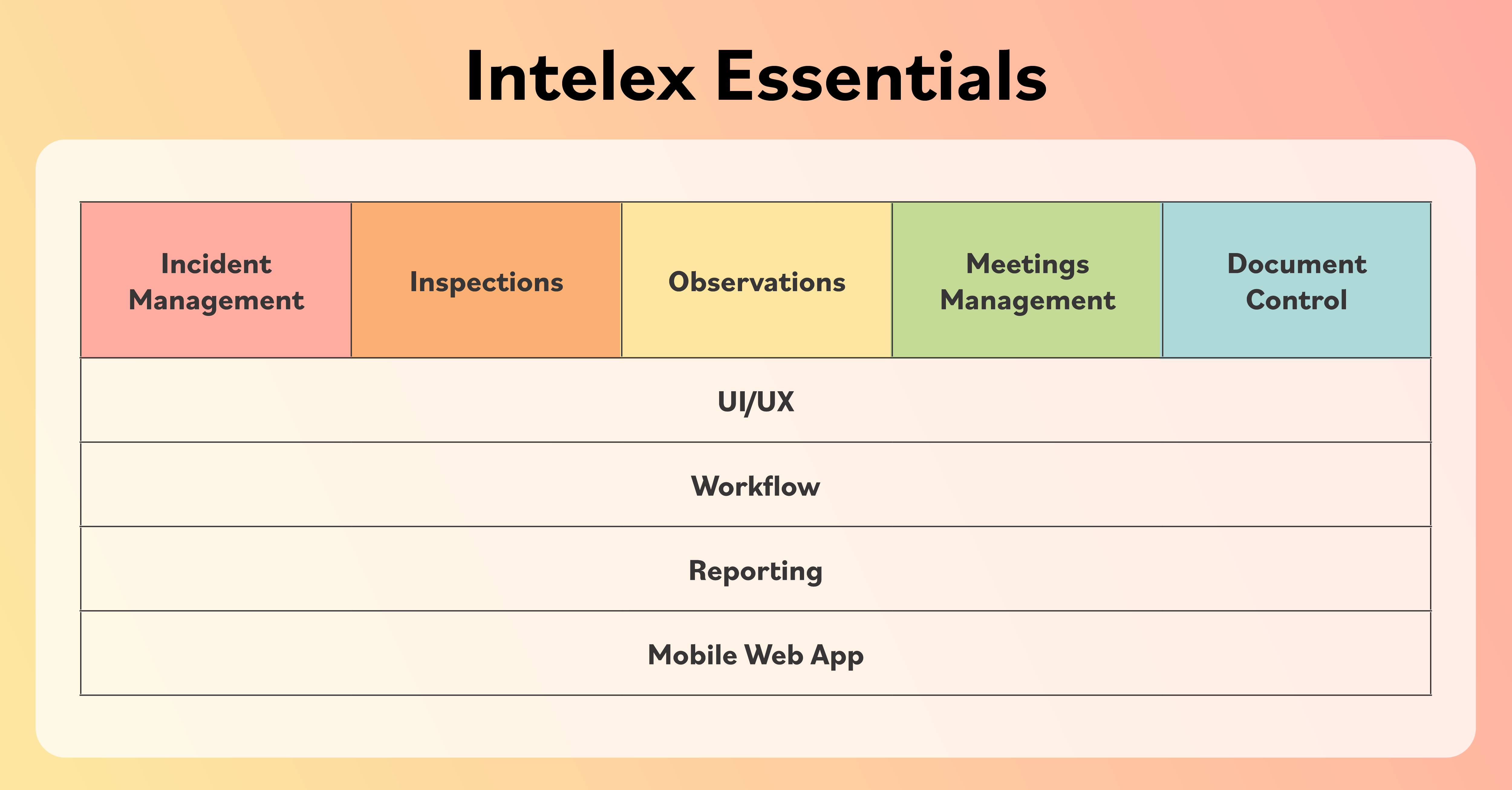Why Safety ROI Should Be the Result, Not the Focus, of Your EHS Pitch
August 4, 2022

The inherent value of occupational health and safety (OHS) for every business and organization makes it seem unimaginable that anyone would argue the importance or necessity of protecting workers on the job.
So why can it be so difficult to obtain additional and necessary investment to improve safety performance? Perhaps the answer lies in the capitalist axiom that business is business, after all, and any investment made must be measured by a resulting payback.
When it’s necessary to quantify health and safety investment dollar benefits, return on investment (ROI) comes into play. And, while there are many tools and calculators available to help construct an ROI, before spending the time and effort to build a business case, it’s necessary to understand a couple of fundamental things – namely, for whom ROI is important and whether it is truly how a business thinks about safety.
Related content: The ROI of Safety: Making the Business Case for Safety and Health
ROI for health and safety has its time and place and it’s not where your safety investment pitch should begin.
“I don’t think it’s the way to lead the sell,” says Intelex Strategic Development Manager Trevor Bronson. “I think the conversation starts with risk and with culture. And the ROI is tacked on. I don’t want to say that ROI isn’t important. It’s a pillar, but it’s not the foundation. There are going to be some who care more about ROI, but by the time you’re having that conversation, you should have tee-ed up more benefits than just that.
“I generally see ROI as a thing EHS people want to use to convince non-EHS folks why they need to invest,” Bronson adds. “In my experience, ROI has been something that EHS people ask for to give to non-EHS people. ROI is simply one of the levers you can pull for an audience that cares about it.”
Atlanta-based EHS management consultant Subena Colligan says a business leadership endorsed strategy of investment to solve health and safety problems should first be established before moving down a path of discussing safety ROI. The strategy should focus on eliminating costly organizational business pain – for example, the need for automation to achieve greater EHS efficiency and performance, greater safety measures to reduce or eliminate costly incidents and fatalities or compliance measures necessary to avoid expensive regulatory fines.
“You need to identify the pain and how the investment solution deals with or solves the pain,” she says. And it’s also important to recognize not everyone within an organization necessarily cares about the same costs. You need to know what key individual stakeholders care about most.
As for the EHS investment conversation itself, lead with a strategy discussion that business leadership has signed off. Then it becomes a matter of determining whether the resources are in place to achieve the strategic objectives that leadership has agreed to. Logically, leadership should then be more willing to provide necessary support and funding for agreed-upon outcomes of that strategy.
When it comes to safety, it’s a matter of building a business case for an investment that addresses the potential possibilities of “what if” something awful were to happen and selling the need for risk-mitigation investment even when perhaps few, if any, incidents have occurred.
Calculating ROI for Safety can utilize generally available data as a starting point for determining direct and indirect costs. ROI is typically expressed as a percentage and the simplest way to calculate it is to divide the “benefit” value by the initial and ongoing investment “cost.”
ROI % = (Investment Gain – Investment Cost) / Investment cost X 100
The financial payoff of health and safety investment is seen in the reduction or elimination of workplace incidents that ultimately incur wide-ranging direct and indirect expenses.
The monetary benefit of improving safety performance with software and other technologies and the potential ROI gained is calculated by estimating the cost of an investment that provides corrective actions and safety system improvements needed to reduce or eliminate potential incidents against the total direct and indirect expense of potential accidents.
Safety ROI should show value that justifies additional investment. Purchasing a health and safety software solution often requires the “buy in” of many people throughout an organization. Some understand the cultural importance of keeping workers safer, while some understand the efficiency value that health and safety software delivers, but others need to see an ROI in safety spending vs investment in other business areas or projects that contribute more directly to the bottom line.
Learn more about Safety ROI, including how to build a business plan and what are the data points to consider in creating your ROI pitch. Download the Intelex Insight Report, Determining the ROI of Safety: Why Data Matters.






